Cannot Initialize Disk: 3 Ways to Fix or Force Your Drive

We’ll explain all you have to do if you cannot initialize the disk when trying to use an external drive.
There are many reasons why this could happen, including bad sectors causing read/write problems, incorrect hardware usage, mechanical failure, cable problems, as well as virus infections.
No matter the exact reason, the guidelines below will help you fix it.
How do I fix a disk that won’t initialize?
Table of contents
1. Make sure the disk is online
- Right-click on the Start button and choose Disk Management.
- Right-click on the uninitialized drive in the bottom left and choose Online from the contextual menu.
- Try accessing the drive.
2. Try fixing the drive
- Open Disk Management (as explained in the first solution).
- Right-click on the affected disk and open Properties.
- Choose Tools.
- Under the Error Checking section, click Check.
- The procedure might take some time depending on the size of the drive.
3. Initialize the drive
- Open Disk Management.
- In the bottom left, click on the uninitialized disk and choose Initialize Disk from the contextual menu.
- Choose the partition style, GPT or MBR. This will wipe everything from the disk storage.
- Click Ok and try accessing the drive.
Of course, before doing this, try some of the free or paid recovery software to get your data out of it. You can try one of these programs to do so but have in mind that you’ll hardly manage to get the 100% of the data.
Should I initialize disk as MBR or GPT?
Before you decide which partition style to choose, you should first know what is the volume of your hard disk. If it is smaller than 2TB, you might as well initialize it to MBR, as MBR disk supports at most 2TB per partition.
That being said, if it proves to be bigger than 2TB, you must initialize to GPT to ensure all of the disk space is usable, but you can’t always do it.
For that to happen, you must also ensure your motherboard with UEFI and your operating system support GPT.
Furthermore, Microsoft officially declared that Windows 11 system only supports UEFI if you use the Check for update feature to upgrade to Windows 11 from Windows 10, users will have to choose a GPT disk for the Win 11 upgrade.
How do I initialize a hard drive without losing data?
For you to successfully do this you must use some specialized hard drive recovery software that can not only perform common deleted file recovery, formatted data recovery, and RAW drive recovery but also recover data from inaccessible disks, like in this case.
If you’re still unable to initialize the disk, consider replacing it. The most likely reason for this is the hardware malfunction and it’s hard to fix it.
You might also be interested in our guide on what to do if the hard drive is missing after a Windows 10/11 update because it’s also a pretty common occurrence.
This is all you need to know in case you want to check the initialized disk without losing data, or if you can’t access it due to the disk being unknown, not initialized, or unallocated.
If a similar can’t initialize graphics device error occurs, try our recommended solutions as outlined in our guide.
For any other questions or suggestions, we invite you to use our comments section below and tell us all about them.
FAQs
This typically means there’s a communication error between Windows and the drive. It could be due to bad cables, corrupted MBR/GPT, or incorrect drivers.
Yes, if the issue is related to the partition table or drive signature, you can often fix it using PowerShell or recovery software without formatting.
Try different ports, power supplies (if needed), and check if it appears in Disk Management or Device Manager. You may need to run DiskPart or use data recovery tools.
Not always. Initializing creates a partition style (MBR/GPT), but formatting wipes data. Use partition recovery tools first if you want to avoid data loss.
Read our disclosure page to find out how can you help Windows Report sustain the editorial team. Read more
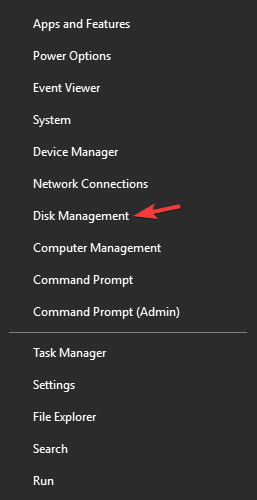

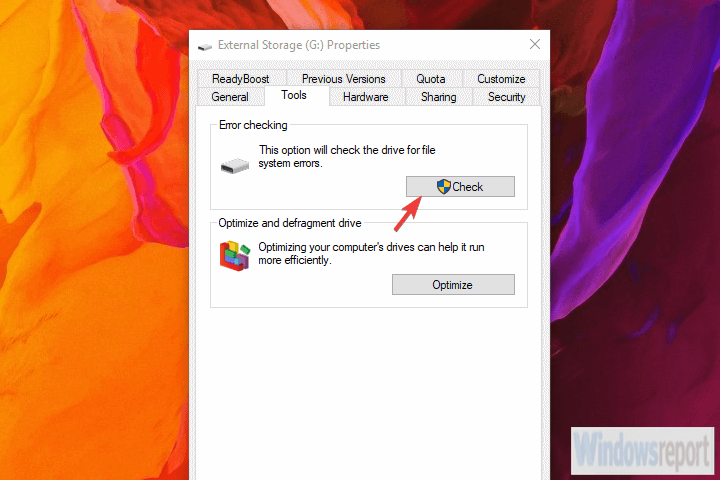
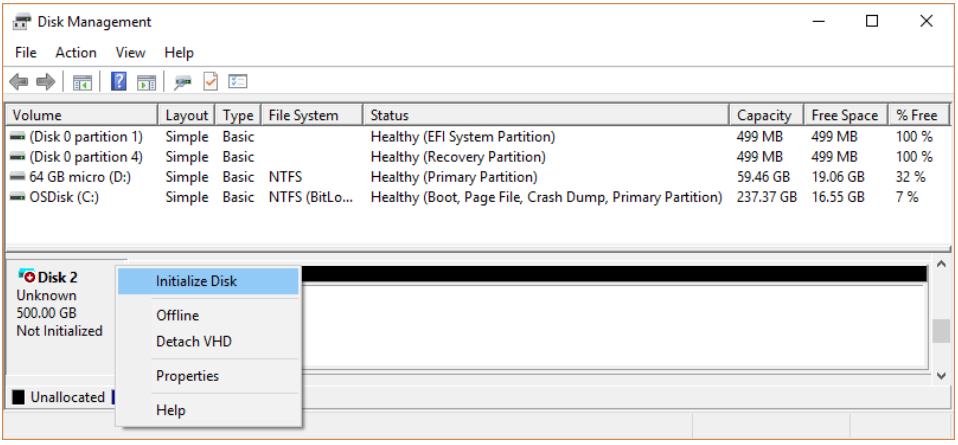
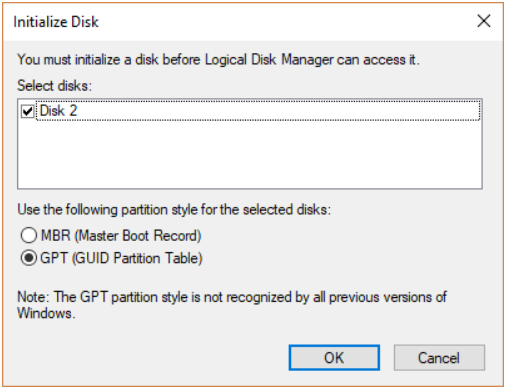

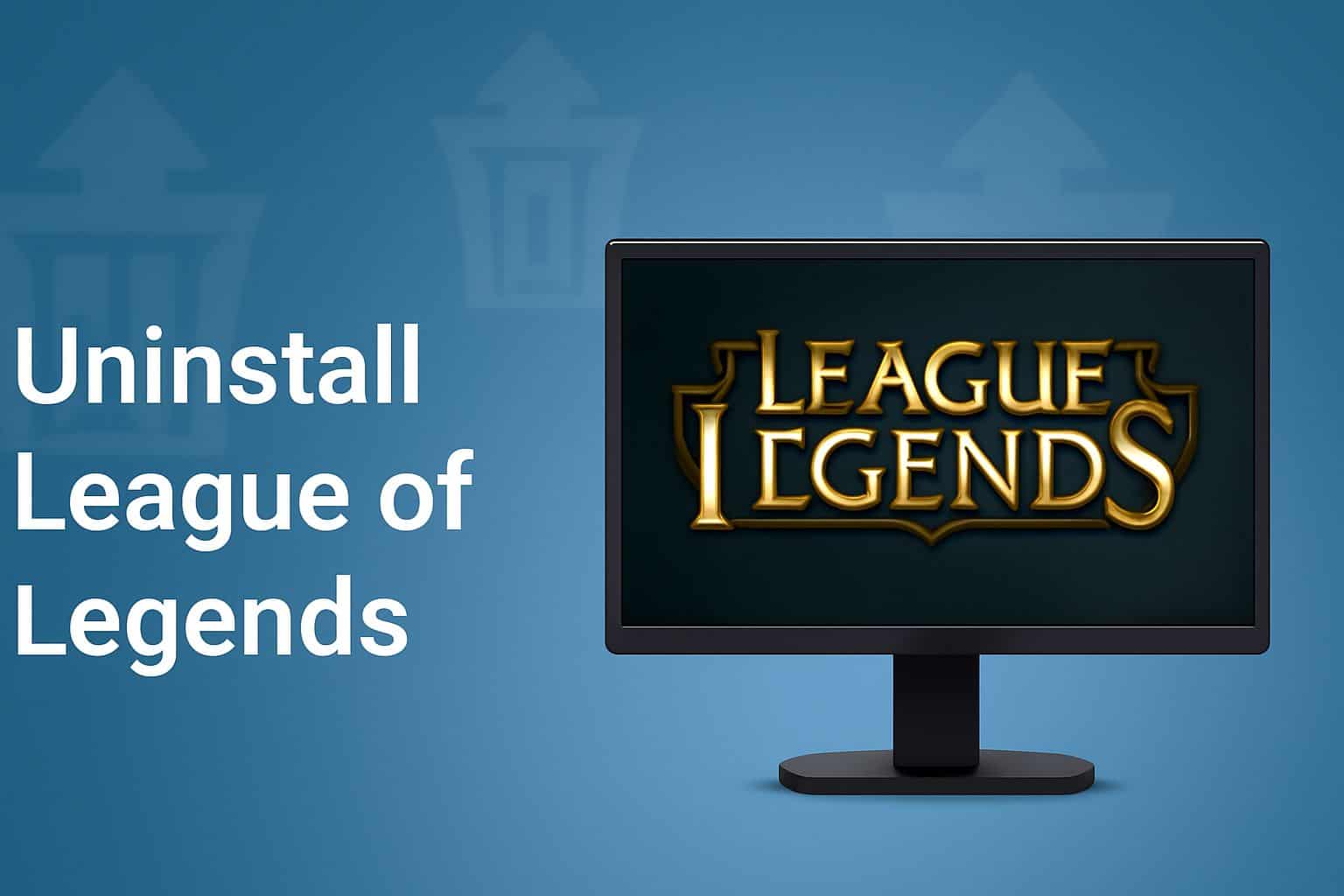
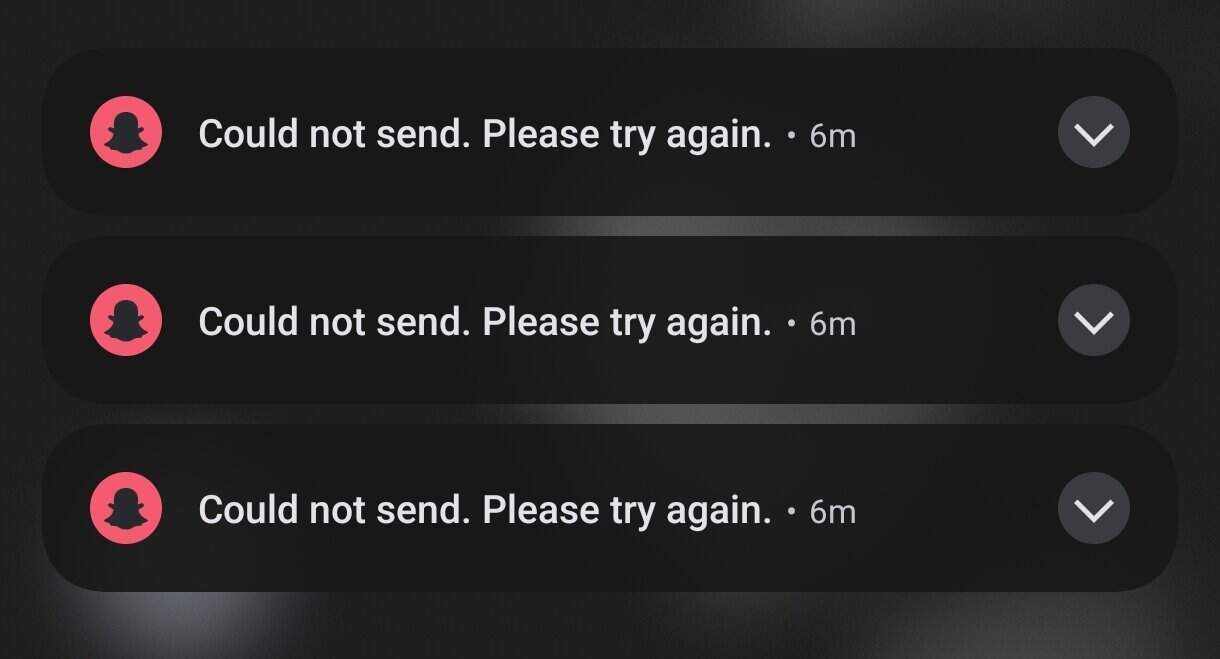

User forum
7 messages